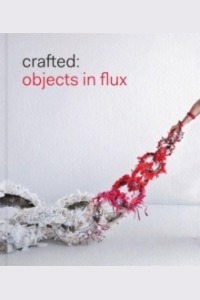
Bamum
Bok av Christraud M. Geary
In the nineteenth and early twentieth centuries, Bamum court arts flourished when artists working exclusively for the palace created elaborate bead-covered thrones and stools, wooden sculptures, masks in human and animal form, architectural carvings, and fine objects in bronze, ivory, and clay. These vibrant works came to the attention of European museums and collectors after members of a German expedition reached the kingdom in the then German colony Kamerun in 1902 and encountered its youthful king Ibrahim Njoya (ruled 1886/7 to 1931). The book focuses on the history, iconography, and meaning of Bamum royal arts and introduces some of the lesser known art forms that thrived in the kingdom's villages. It also traces the activities of collectors from various backgrounds who were fascinated by the splendour of the royal court. Visual and written sources - including testimony by King Njoya and his courtiers, and extensive records in archives and museums - cast light on the strategies of the monarch who deployed these arts to enhance the kingdom's reputation in distant Europe. With his permission, visitors could acquire many extraordinary objects. The history of Bamum arts thus offers unique perspectives on African creativity and ingenuity, and European ways of collecting.







